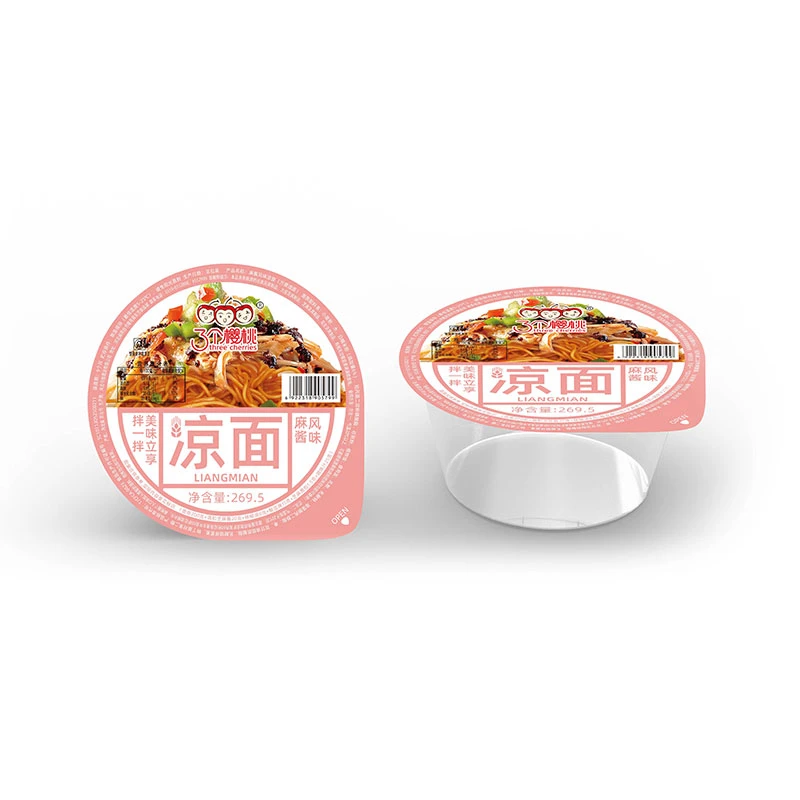japanese buckwheat noodles
The Delight of Japanese Buckwheat Noodles Soba
Japanese buckwheat noodles, commonly known as soba, are a traditional staple in Japanese cuisine. With their distinctive, nutty flavor and chewy texture, soba noodles have transcended their humble origins to become a beloved dish both in Japan and around the world. This article explores the history, preparation, health benefits, and various ways to enjoy these versatile noodles.
A Brief History
Soba noodles are believed to date back to the Edo period (1603-1868) in Japan, though some evidence suggests that buckwheat was cultivated in Japan as far back as the 8th century. Originally, soba was made by grinding buckwheat grains into flour, which was then mixed with water to form a dough. The dough was rolled out and cut into thin strands, which were then boiled to create the noodles we know today.
The popularity of soba flourished due to buckwheat's adaptability; it can be cultivated in poorer soils where rice would not thrive. Soba became associated with agricultural resilience and was even consumed by samurai warriors for its nutritional value and energy-boosting properties.
Preparation Techniques
The art of making soba noodles is celebrated in Japan, and there are specific techniques that artisans adhere to when crafting these noodles. Authentic soba can be made with 100% buckwheat flour, but many varieties include a small percentage of wheat flour to enhance elasticity. The ratio of buckwheat to wheat flour can vary, leading to different textures and flavors.
To make soba, the first step is to mix the flour with water, kneading it to create a dough that’s firm yet pliable. The dough is then rolled out to a uniform thickness before being sliced into thin strands. These strands are cooked in boiling water for just a few minutes, and the cooking time may vary depending on the thickness of the noodles. Once cooked, the soba noodles are often rinsed under cold water to remove excess starch and to firm them up.
Nutritional Benefits
japanese buckwheat noodles

One of the standout features of soba noodles is their nutritional profile. Buckwheat is a whole grain that is rich in essential vitamins and minerals. It contains a high amount of protein compared to other grains and is a good source of dietary fiber. Additionally, soba is gluten-free, making it an excellent choice for those with gluten sensitivity or celiac disease.
Moreover, buckwheat is packed with antioxidants, which can help combat oxidative stress and support overall health. Regular consumption of soba noodles can contribute to improved heart health, lower cholesterol levels, and better weight management due to their ability to promote feelings of fullness.
Enjoying Soba Noodles
Soba noodles can be enjoyed in a variety of ways, making them an incredibly versatile dish. They can be served hot or cold, and each preparation presents a unique taste experience. Cold soba is often served as zaru soba, where the noodles are dipped in a flavorful soy-based sauce, topped with scallions, wasabi, and nori. This dish is especially popular during the hot summer months.
On the other hand, warm soba dishes like kake soba feature the noodles served in a hot broth, often adorned with toppings like tempura, vegetables, or a soft-boiled egg. Another popular dish is soba served with a variety of sauces, such as soba-yaki, where the noodles are stir-fried along with fresh vegetables and protein.
Soba also makes an appearance in celebratory dishes. For instance, toshikoshi soba, eaten on New Year's Eve, symbolizes the crossing over from one year to the next and represents longevity.
Conclusion
Japanese buckwheat noodles are more than just a delicious food; they are a celebration of tradition, health, and culinary artistry. No matter how you prepare them, soba noodles offer a unique taste and texture that can be enjoyed in myriad ways. Whether you're a culinary enthusiast or a curious beginner, incorporating soba into your cooking can provide a delightful experience that connects you to the rich tapestry of Japanese cuisine. So next time you are looking for a wholesome, flavorful meal, consider trying out soba noodles and savoring their delightful essence.
-
Is Whole Wheat Pasta Healthy?NewsMay.30,2025
-
Are Soba Noodles Good for Weight Loss?NewsMay.30,2025
-
Are Buckwheat Soba Noodles Healthy?NewsMay.30,2025
-
Are Buckwheat Soba Noodles Gluten Free?NewsMay.30,2025
-
Are Buckwheat Noodles Good for You?NewsMay.30,2025
-
A Healthy Way to Savor Soba and Spicy FlavorsNewsMay.30,2025
-
What Are Lanzhou Noodles?NewsMay.30,2025
Browse qua the following product new the we

















































































































